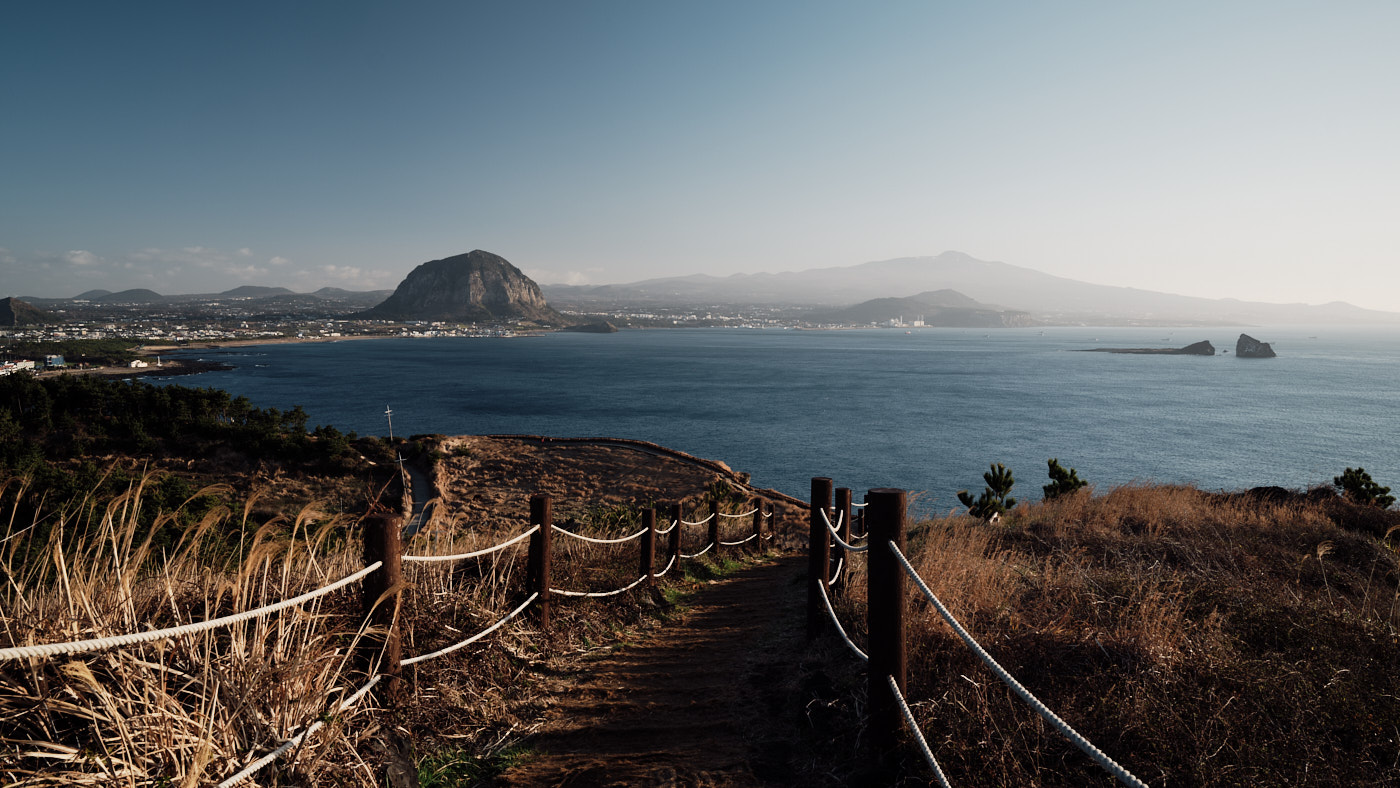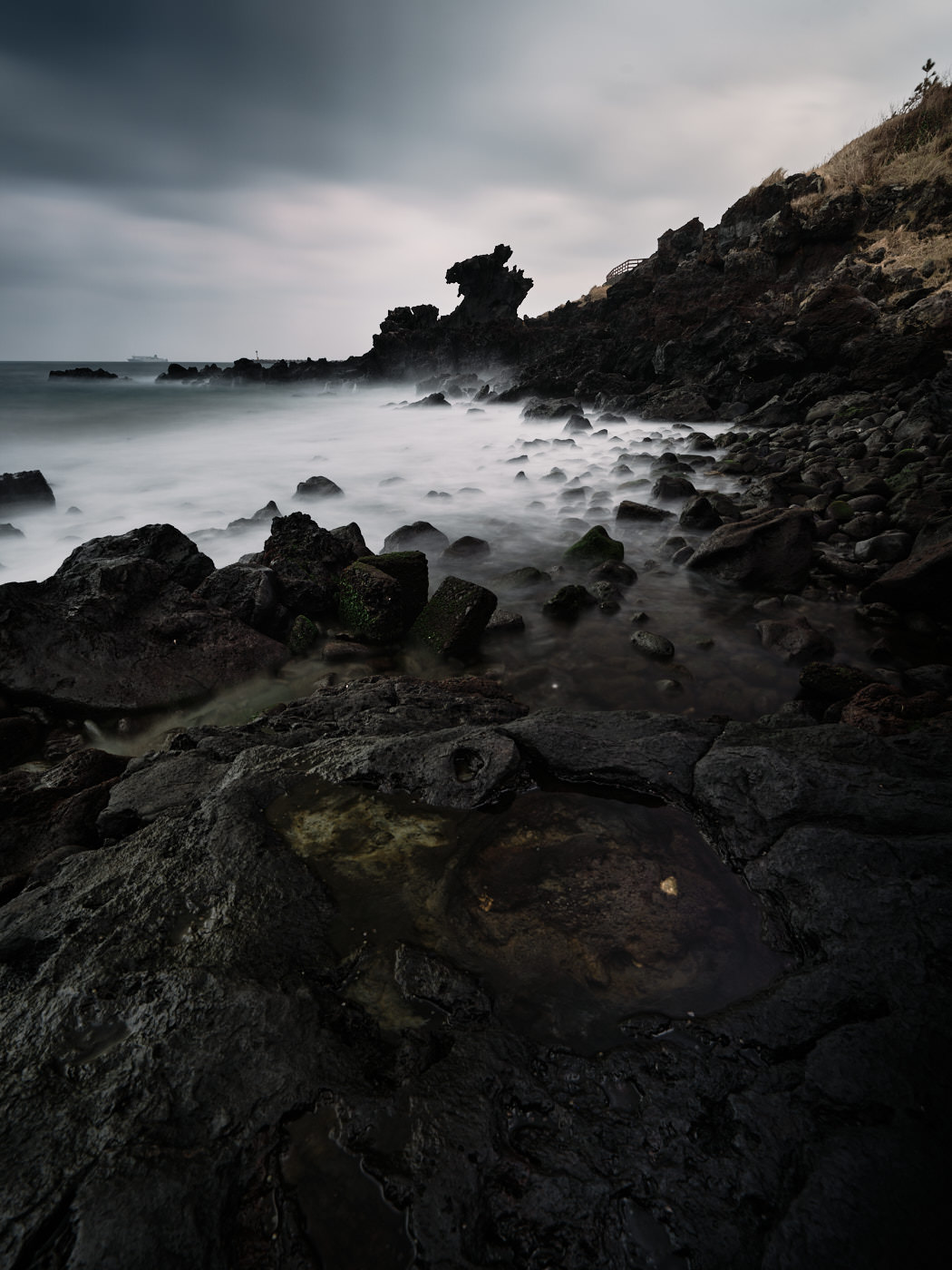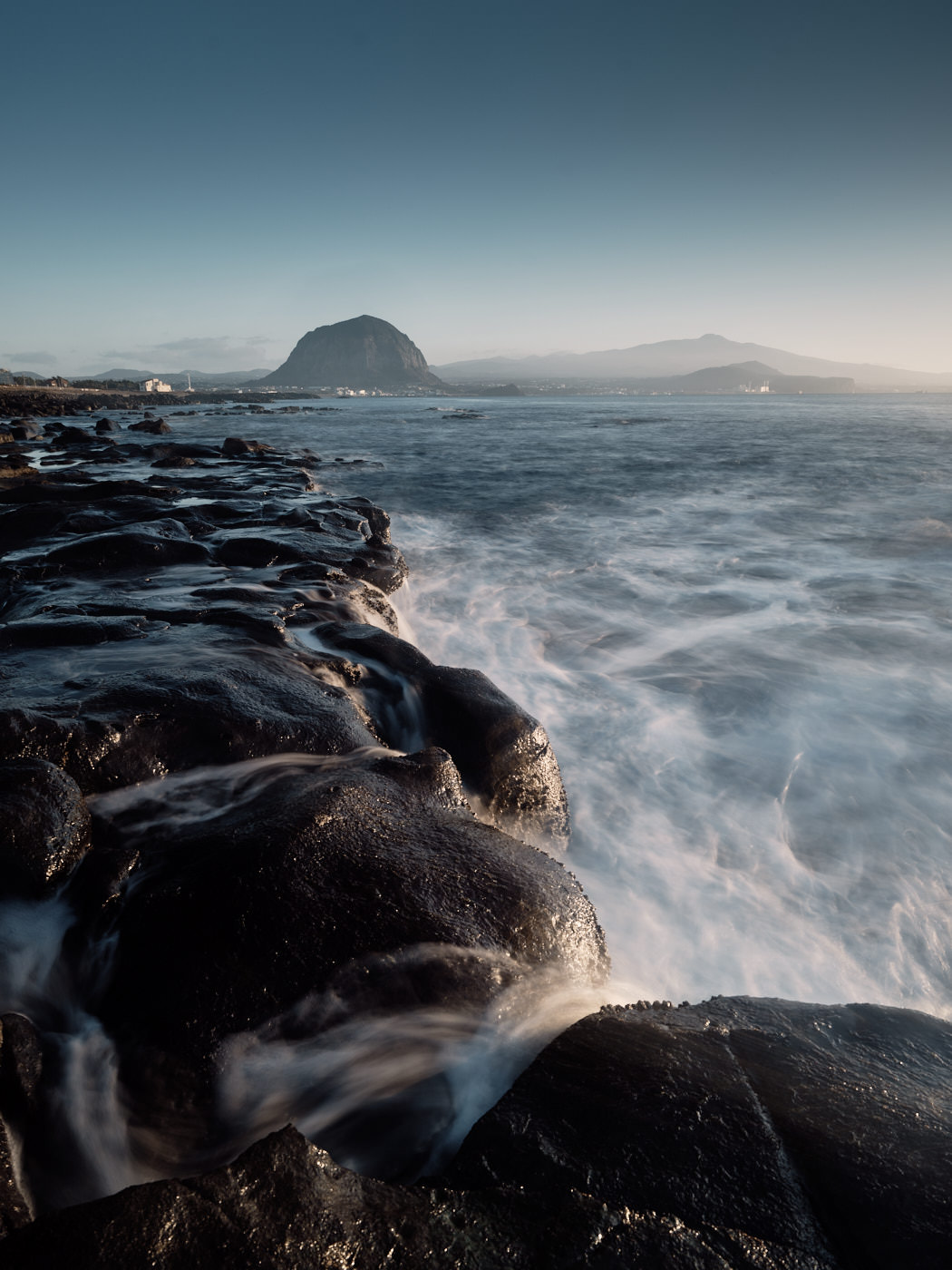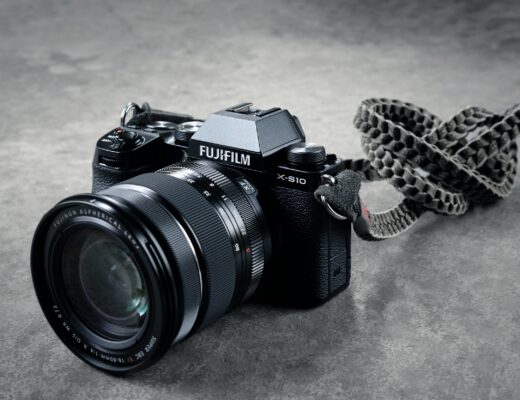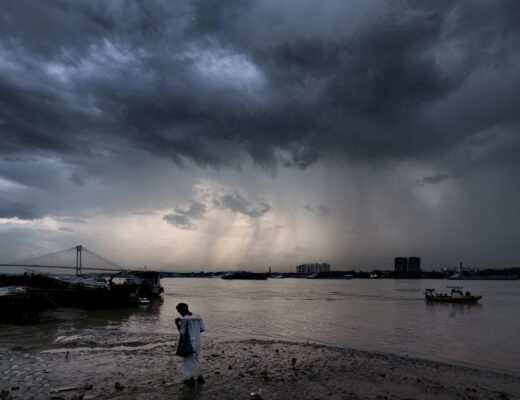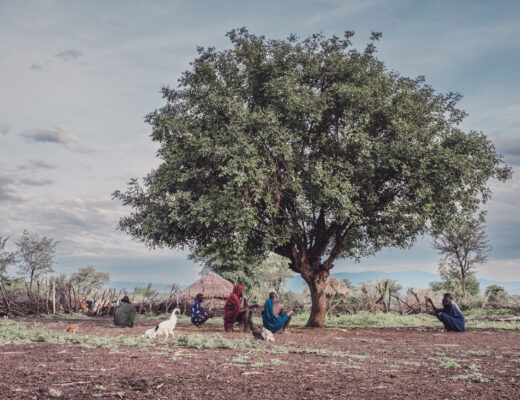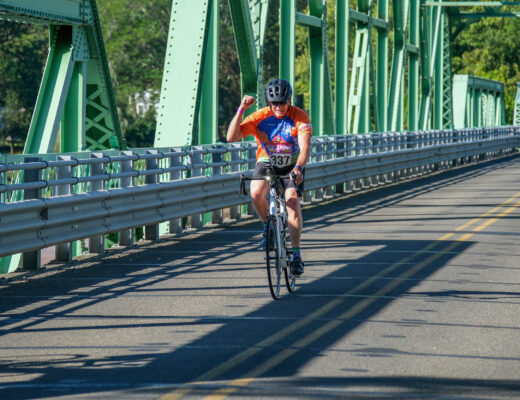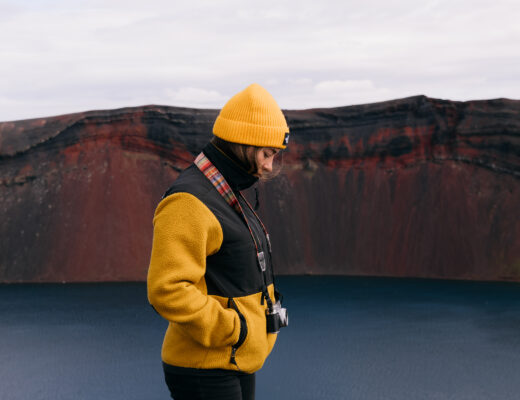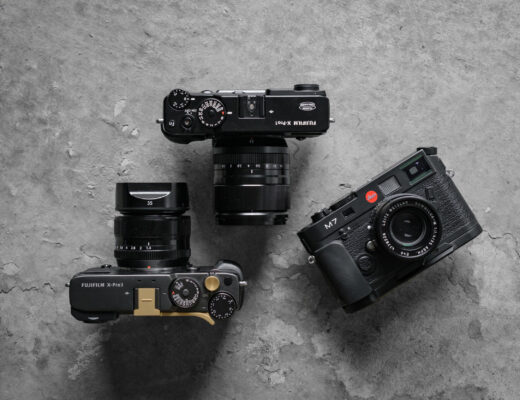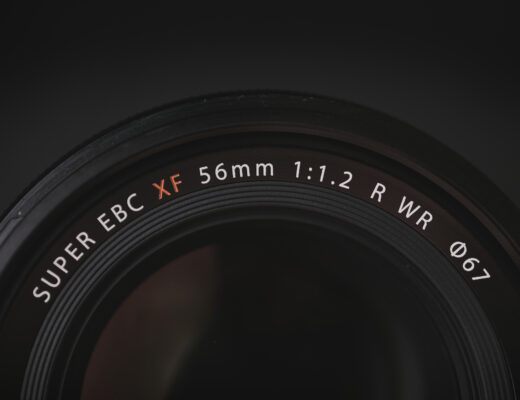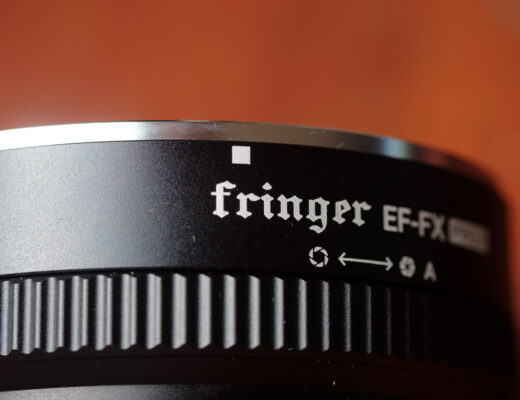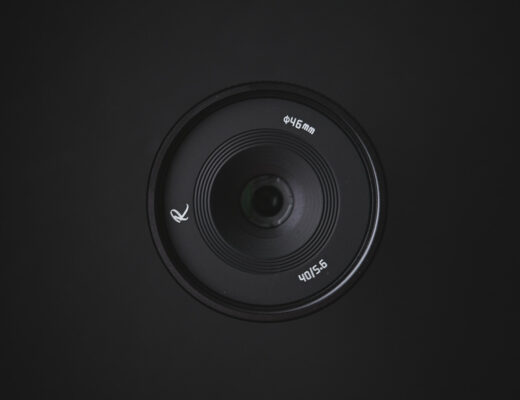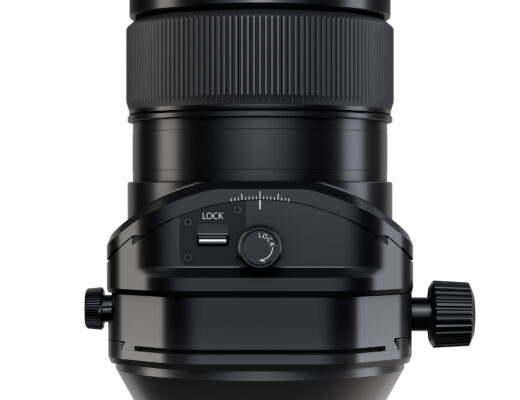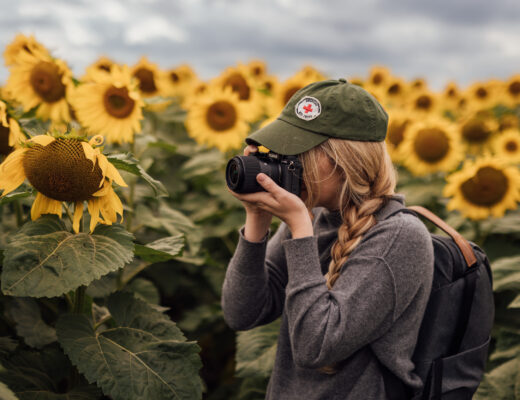Back in December, I spent a few days down on Jeju Island with Laowa’s 19mmF2.8 lens and wrote extensively about why I believe working with a single focal length is so important for developing your photography. In this article, I want to play the devil’s advocate and explore reasons why a zoom lens can be a great tool to learn with as well.
In order to keep things somewhat comparable, I also visited some of the same scenes and photographed them in a similar way with Fujifilm’s GF20-35mmF4 zoom for the GFX system. It was a wholly different experience and the resulting photographs should hopefully demonstrate where a zoom lens is beneficial to learning and also to workflow.
Flexibility
One of the benefits of zooms is their inherent flexibility. Having access to a variety of focal lengths with a simple twist of the zoom ring makes working quickly and getting a variety of images a breeze. Of course, this is great if you’re travelling and don’t want to carry a heavy bag full of primes or if you’re on a fast-moving editorial assignment and don’t have the time to switch lenses over the course of the shoot.
But, one of the greatest benefits of this flexibility, in my opinion, is the ability to change focal lengths when the conditions don’t favour physically changing lenses. For example, on my trip here, the wind was blowing an absolute gale. There were actually times where it caught me and almost knocked me over. That, in and of itself, isn’t really an issue. However, Jeju, being an island, has plenty of sand being blown about by said wind and I’d rather not risk getting that inside my GFX100S! So, having the zoom allowed me to work with the luxury of multiple focal lengths without having to change lenses.
Here, the wind was blowing a gale and the tide was coming in. With these two things playing against me, I was able to shoot a series of images quickly and get a lot of different images from this scene over the 20 minutes or so I was there. I could include more or less foreground very easily as well as quickly change how large my main subject, the Dragon’s Head Rock, would render in the frame. This was all possible without having to open the camera up to potential damage from the water and sand that was being blown around the scene. When it comes to a situation like this, I’d much rather be working with a high-quality zoom lens than a few primes that cover the same focal lengths.
Easy to see the changes focal length brings to the scene
Working with a single focal length, we naturally learn to see the way the lens does and can predict how it will behave in any situation. On the other hand, a zoom allows us to easily see how a single scene might look at different focal lengths. By moving through the zoom range while finding a composition, it is easy to see how the elements in the frame might relate to each other with different focal lengths.
For a scene like this one, where front-to-back movement is possible while still being able to see the subject, it is possible to walk and zoom to see how things look at different focal lengths. I started from up on the beach behind me zoomed out to 35mm and slowly walked towards the rocks you see here in the foreground all the while, slowly zooming the lens out towards the wide end in order to see how things would look.
Personally, I found that being back up on the beach created a static feeling image. The elements felt cramped together and nothing was really standing out to me. So, in the end, I settled on photographing this scene at 20mm from a very close vantage point on the slippery rocks in order to exaggerate the channel of water and take in more of the tuff cone in the background. This, to me, felt more like what I was seeing with my eyes.
If I had brought a bag of prime lenses with me, this process would have been time-consuming and I may have settled on an image that I wasn’t as happy with as this one. Being able to quickly see how several focal lengths render a scene potentially offers compositions you wouldn’t otherwise even see.
Working with filters
A small, but occasionally significant, quality-of-life benefit of working with a zoom lens is not having to move filters from one lens to another. While this, naturally, doesn’t benefit all types of photography, I loved being able to move from scene to scene and switch compositions without having to move my filters from one lens to another.
When the waves are raging with the incoming tide like they were here, not having to switch filters across lenses saves time and potentially getting either the lenses or the inner side of the filters covered in salt water. It was also freezing cold, so I didn’t need to worry about dropping my filters into the ocean as I moved them between lenses.
Fine-tuning compositions
There are times with prime lenses when you might want a focal length just a little wider or tighter for a particular composition to save cropping later. Sometimes, physically moving might not be possible or might result in a rearranging of elements in the scene that doesn’t work for the image you’re trying to create. At times like these, a zoom lens can help to get the image one step closer to a finished product.
In this scene, there were several boats around and some litter on the ground that I wanted to be able to crop out. By moving the camera ever so slightly back and forth while zooming the lens, I was able to get just the right balance in the composition while removing these elements and keeping the two ladies framed in the water.
Hopefully, this article will have provided some interesting counter-arguments to my first piece about working with a single focal length. Do you find yourself working with zoom or prime lenses more often? Do you find the flexibility of having multiple focal lengths at your disposal to be indispensable or would you prefer to be limited to a single focal length for your photography? I’d love to hear from you in the comments below!

